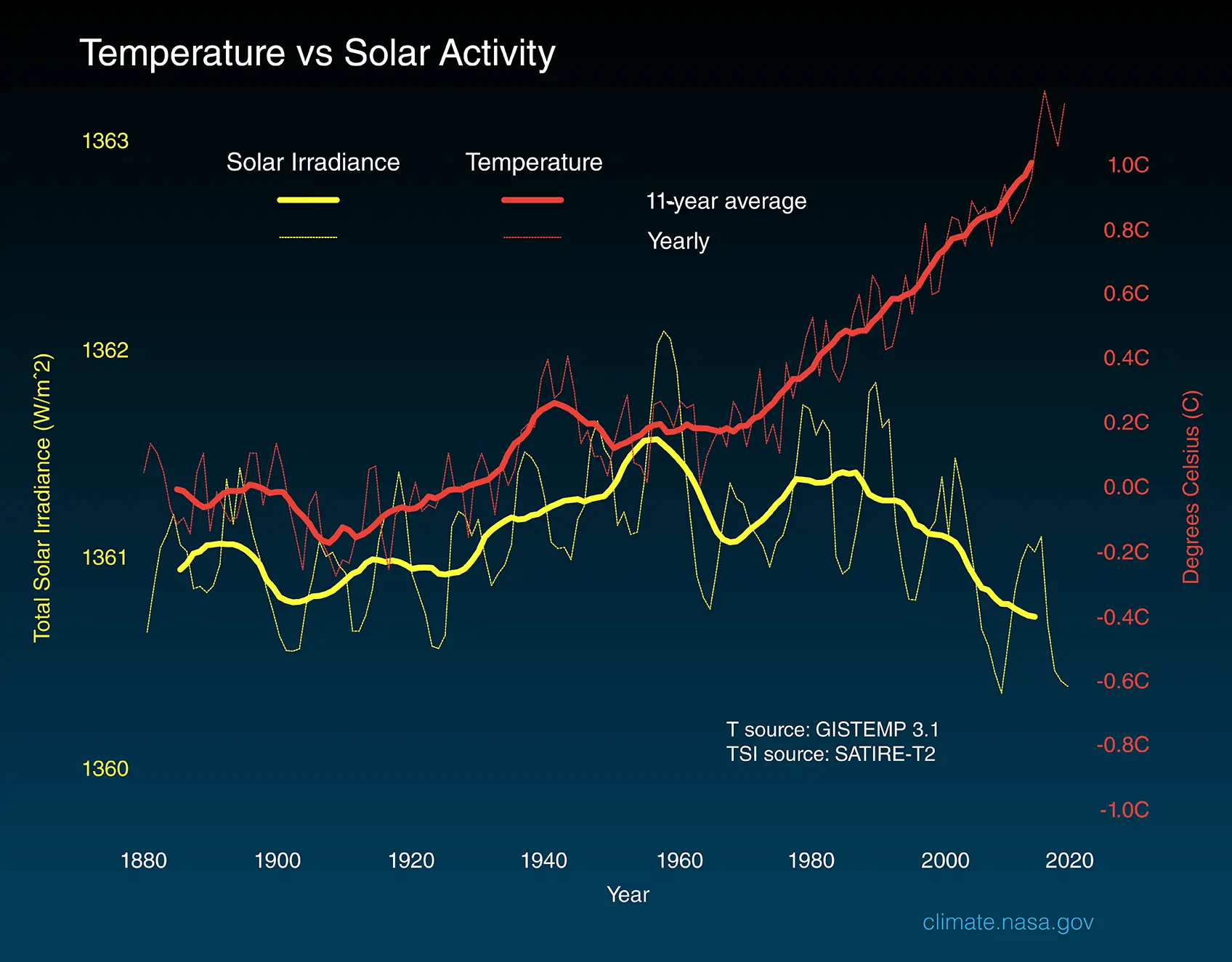- Joined
- Jan 25, 2012
- Messages
- 50,186
- Reaction score
- 15,453
- Location
- Texas
- Gender
- Male
- Political Leaning
- Conservative
The climate feedbacks cannot tell what caused the warming, so warming from an energy imbalance from increasedYou know quite well that the "forcing formula" does not include feedback which makes up 75% of the total warming potential
Climate sensitivity describes how sensitive the global climate is to a change in the amount of energy reaching the Earth's surface and lower atmosphere (a.k.a. a radiative forcing). For example, we know that if the amount of carbon dioxide (CO2) in the Earth's atmosphere doubles from the pre-industrial level of 280 parts per million by volume (ppmv) to 560 ppmv, this will cause an energy imbalance by trapping more outgoing thermal radiation in the atmosphere, enough to directly warm the surface approximately 1.2°C. However, this doesn't account for feedbacks, for example ice melting and making the planet less reflective, and the warmer atmosphere holding more water vapor (another greenhouse gas).
Climate sensitivity is the amount the planet will warm when accounting for the various feedbacks affecting the global climate. The relevant formula is:
dT = ?*dF
Where 'dT' is the change in the Earth's average surface temperature, '?' is the climate sensitivity, usually with units in Kelvin or degrees Celsius per Watts per square meter (°C/[W m-2]), and 'dF' is the radiative forcing, which is discussed in further detail in the Advanced rebuttal to the 'CO2 effect is weak' argument.
https://skepticalscience.com/news.php?n=358&p=2
absorbed solar radiation, would be the same input as warming from CO2 forcing.
What matters is that the CO2 forcing from that time window is 24 times smaller than the forcing from increased Absorbed Solar
radiation.
As for dT=?*dF, we have the total greenhouse effect as a reference.
NASA Taking the Measure of the Greenhouse Effect
The size of the greenhouse effect is often estimated as being the difference between the actual global surface temperature and the temperature the planet would be without any atmospheric absorption, but with exactly the same planetary albedo, around 33°C.
So the total greenhouse effect is 33°C from an imbalance of 150 Watts per square meter (W/m2),In actuality the surface emits about 150 Watts per square meter (W/m2) more than goes out to space.
so 33/150=0.22 °C per W m-2 of imbalance.
The 1.2°C is a ratio of 0.3C per W m-2.
I have seen at least one study that implies the 1.2°C already includes the feedback.
The potency of carbon dioxide (CO2) as a greenhouse gas
According to this study the commonly applied radiativeforcing (RF) value of 3.7 Wm-2for CO2 concentration of 560ppm includes water feedback.


